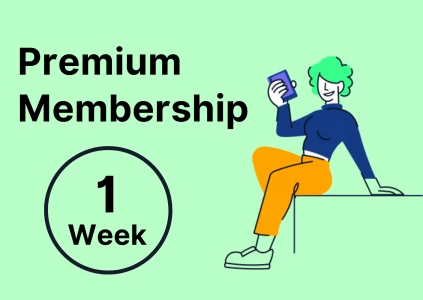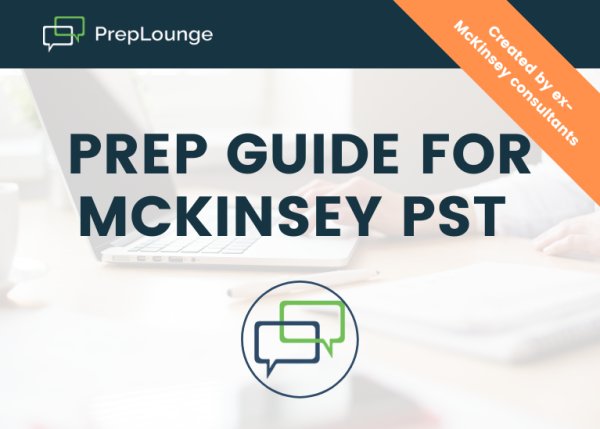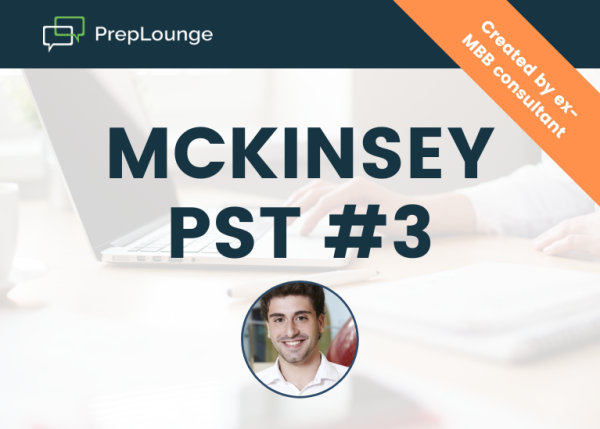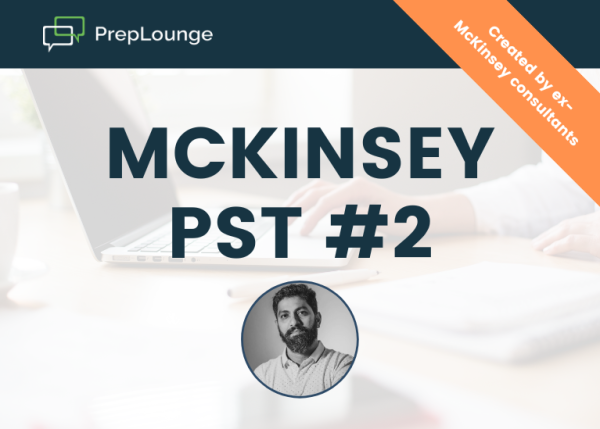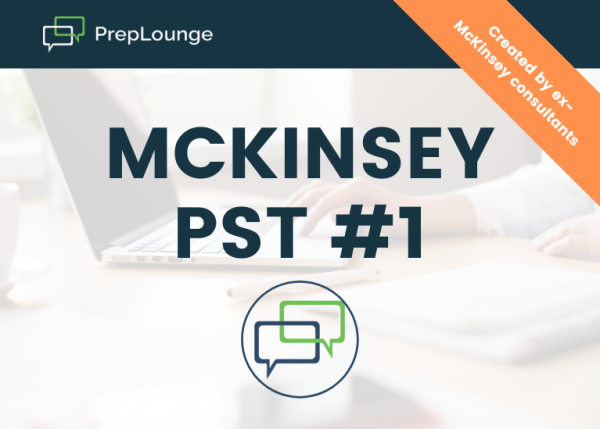When given a table and asked to draw insights from it, do you try to start describing it immediately, saying out your thoughts, or should you take a moment to analyze it (in silence)?
Get Active in Our Amazing Community of Over 451,000 Peers!
Presenting a table during interview
Overview of answers
Hi,
You can use the following approach:
- Take a minute to look at the graph
- Read the graph title
- Look at the graph type and define the type (pie chart, line chart, etc)
- Look at the legend (ask for clarifying questions if necessary)
- Identify whats going on on the graph. Look for: Trends, % structures,
- Look for unusual things - correlations, outliers,
- Make 3-4 conclusions from the graph. Think of potential hypothesis on what could be the root cause / what are the consequences
- Prioritize the most important for your current analysis and move forward with the case
Sources to learn from (prioritized):
- Study "Say it with Charts" book by Barbara Minto
- Learn basic statistics (Any GMAT or MBA prep guides)
- Check all available MBB presentations and publications. Practice to derive conclusions and check yourself with the actual ones from the article / presentation
- GMAT IR part (Official guide and Manhattan prep)
- "Consulting Bible" and "Vault guide for consulting" - check the chapters on cases with graphs in these books
Good luck!
Data in case interviews
This is a great question! Using data well can be the difference between a 2nd round or going home. How do I know? My very first case at BCG was so-so and the consultant had recommended I not move on; thankfully, I aced my second case (with a Principal); what was this second case you ask? Basically a series of data handouts that I had to read, understand and digest on the fly; that's all the case was, just 8 or 10 data tables that lead me from an initial hypothesis to the final recommendation!
Ok, so how did I do it?
- First, there is a method to the madness. When presented with an exhibit, you should follow a 3-step process: (1) Figure out what the table or chart represents; that could be as simple as reading the headline as well as the label of each column/row (2) Read and understand the data; you may have to do some math here, in your head or on paper (3) The most important, tell me what the insight is. Why were you given this exhibit, what should we do with it? This is basically what the company will pay you for in the future. Anyone can crunch numbers, not everyone can create information out of data and use it judiciously
- Second, remember to do all of this out loud. I cannot give you credit for something you were thinking but didn't verbalize - and if you make a mistake, I need to figure out when and where so I can help you course-correct. Yes you can be silent from time to time while you think, but if you go on mute for 20 seconds, there is a problem
- Third, remember to use this data in your analysis in the remaining portion of the case. One of the key characteristics we are looking for in applicants is their ability to use new information to refine or modify their working hypothesis
- Last but not least, remember to use some of that data in your final recommendation. I don't need you to remind me that you have done all this crazy amount of work and went to bed at 5am last night, but I certainly want you to mention that, oh by the way, 40% of the client's profit came from product A while product C only account for 2% and should therefore be cancelled.
Using exhibits is one of the easiest things you can do -> you should be happy when your interviewer opens her folder and pulls out a beautiful chart or data table. Good luck!
Guennael ex-BCG Dallas
You should definitely take 30 seconds to analyze the chart / table and gathering your thoughts before beginning to talk through thoughts. Remember to do the following:
- Pay attention to all details of the chart (e.g., title, axis labels, footnotes)
- Ask clarifying questions
- Answer the question that was asked
- Be succinct in your description of your analysis of the chart / table
- Start with the macro issues (e.g., the overall market), then drill down into micro issues (e.g., specific company trends, specific channel trends)
- Focus on major changes / issues first
- Use creative thinking to offer non-traditional answers that constitute a distinctive answer (may not be directly related to question)
(edited)
Hello,
1. Ask for time to understand the graph / table
2. Analize all the information: rows, columns, leyend, axis, units (carful with this one), and READ the FOOTNOTES.
3. If you do not understand something, do not be afraid to ask
4. Think about the interrelations of the table / graph with the case. If you received more than one table or graph, also consider the interrelation among them.
5. GIVE INSIGHTS, after your analysis. WHAT DOES THE NUMBER MEAN? WHAT ARE THE IMPLICATIONS FOR THE CASE / CLIENTE / BUSINESS? SO WHAT???
Regards,
Hugo
Hi Chris,
I would recommend the following:
- Read the graph. You can ask for one minute to analyse it, or you could actually read loud the information to the interviewer. It’s important you read all the information of the graph before doing any analysis. Not reading the graph is the most common mistake people do.
- Analyse the graph. Go back to the question they asked you when they gave you the graph. See how numbers/information in the graph can help you to define an answer for that.
- Provide next steps. Give clear indication on how you could move forward, given the analysis you provided.
Best,
Francesco



